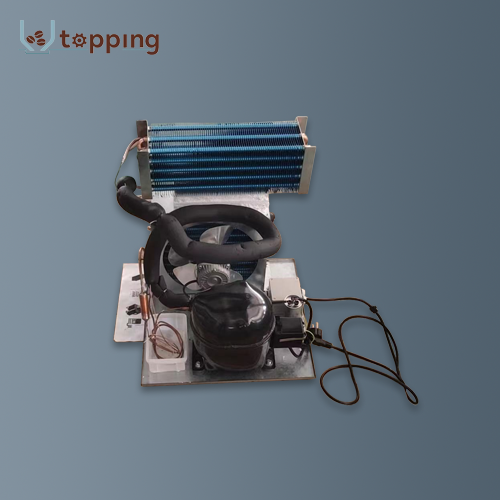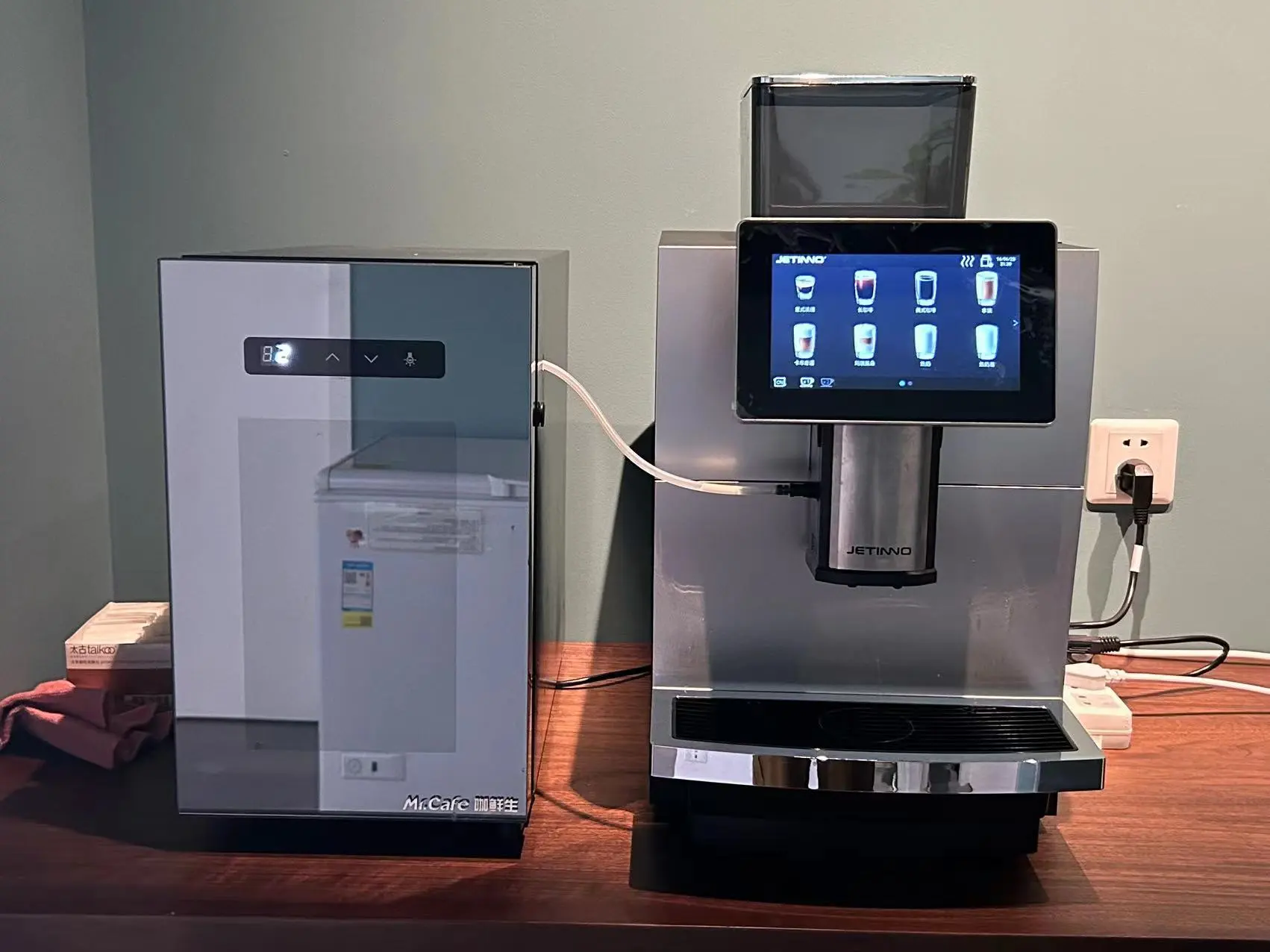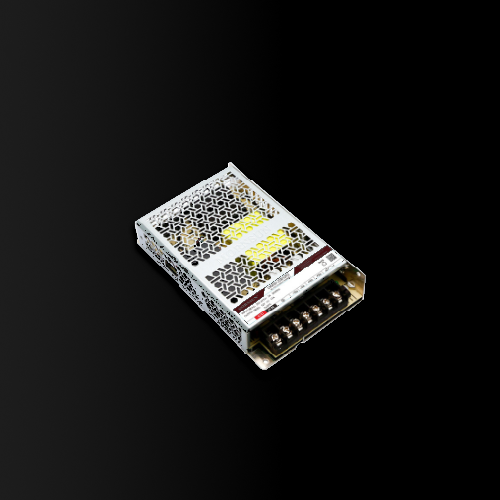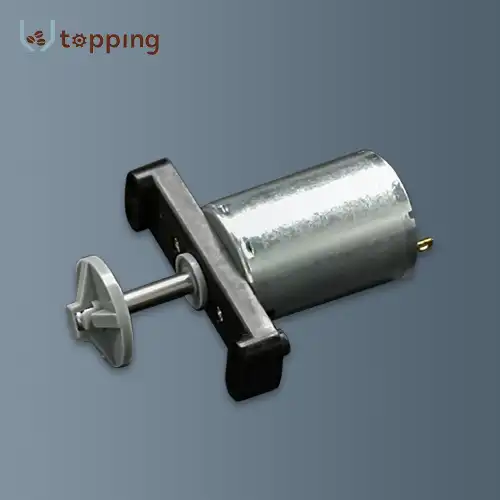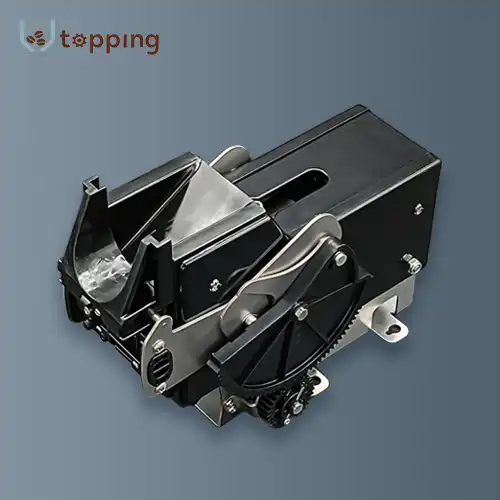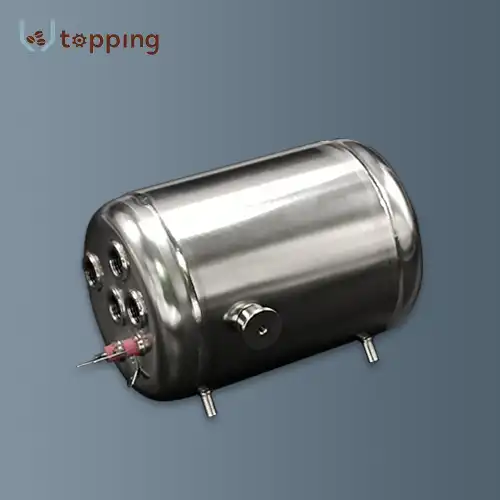How Often Should You Refill Coffee Vending Machine Canisters?
2024-07-04 14:54:33
Introduction
Coffee vending machines have become ubiquitous in modern workplaces and public spaces, offering a convenient solution for coffee lovers seeking a quick caffeine fix. These machines typically rely on Coffee Vending Machine Ingredient Canisters filled with either coffee beans or instant coffee powder to produce a variety of beverages, from espressos to cappuccinos. Ensuring these canisters are adequately stocked is crucial for uninterrupted service and customer satisfaction.

How do you determine when to refill coffee vending machine canisters?
When operating a coffee vending machine, one of the critical factors in maintaining customer satisfaction is ensuring that the canisters containing coffee beans or instant coffee powder are adequately stocked. Determining the optimal refill schedule involves considering factors such as machine usage patterns, customer demand during different times of the day, and the capacity of the canisters themselves.
Determining the optimal refill schedule for coffee vending machine canisters involves a strategic approach that considers several factors. Firstly, understanding the usage patterns of the machine is essential. Machines located in high-traffic areas may require more frequent refills compared to those in quieter settings. Monitoring sales data and observing peak times can provide valuable insights into when the machine experiences the highest demand.
Moreover, the capacity of the canisters themselves plays a significant role. Larger canisters can hold more coffee and thus require less frequent refilling. However, balancing canister size with freshness considerations is crucial; larger canisters may hold more coffee but can lead to stale product if not used within a reasonable timeframe.
Additionally, some modern vending machines are equipped with sensors or software that monitor inventory levels automatically. These systems can send alerts when coffee levels are low, enabling operators to replenish supplies promptly. Such automated monitoring not only reduces the risk of stockouts but also optimizes operational efficiency.
What are the best practices for monitoring coffee levels in vending machine canisters?
Monitoring coffee levels in powder canister is crucial for preventing stockouts and ensuring a continuous supply of coffee to customers. Several best practices can help maintain optimal inventory levels, including regular visual inspections, automated monitoring systems, and leveraging historical sales data to predict demand patterns.
Visual inspections by operators at regular intervals throughout the day allow for quick assessments of coffee levels. This hands-on approach enables operators to gauge consumption patterns firsthand and make informed decisions about when to schedule refills.
In addition to visual inspections, automated monitoring systems offer a proactive solution to managing inventory. These systems utilize sensors or software to track coffee levels in real-time. When levels drop below a predefined threshold, the system generates alerts, notifying operators or suppliers to initiate the refill process promptly. By leveraging technology, operators can streamline inventory management and reduce the likelihood of service interruptions.
Furthermore, historical sales data serves as a valuable tool for predicting demand patterns. Analyzing past consumption trends helps operators anticipate fluctuations in coffee consumption based on factors such as time of day, day of the week, and seasonal variations. This data-driven approach enables more accurate forecasting of refill requirements, ensuring that canisters are replenished before they run empty.
How can you optimize the refill process for coffee vending machine canisters?
Optimizing the refill process for coffee vending machine canisters involves implementing efficient strategies that enhance operational efficiency and customer satisfaction. A well-optimized refill process begins with establishing a structured replenishment schedule based on data-driven insights and operational experience. Operators can use historical consumption data and predictive analytics to forecast future demand accurately.
Utilize Automated Monitoring Systems:
Many experts recommend using automated monitoring systems to track coffee levels in real-time. These systems help prevent stockouts by sending alerts when supplies are low. Implementing such technology reduces reliance on manual checks and ensures timely refills, thereby minimizing downtime and maximizing customer access to coffee.
Implement Predictive Analytics:
According to Forbes' insights on vending machine management, leveraging predictive analytics can optimize refill schedules. By analyzing historical data on consumption patterns, operators can forecast future demand more accurately. This proactive approach enables operators to schedule refills before Coffee Vending Machine Ingredient Canisters run empty, improving operational efficiency and customer satisfaction.
Establish Clear Replenishment Protocols:
The research emphasizes the importance of establishing clear replenishment protocols. This includes defining roles and responsibilities for monitoring coffee levels and scheduling refills. Standard operating procedures should outline steps for restocking canisters efficiently, ensuring consistency across different locations and minimizing human error.
Coordinate with Reliable Suppliers:
Maintaining strong relationships with reliable suppliers is critical. Timely deliveries of fresh coffee beans or powder are essential to ensure continuous supply. Effective communication and adherence to agreed-upon delivery schedules minimize the risk of stockouts and uphold quality standards, meeting customer expectations consistently.
Train Staff on Efficient Practices:
The research highlights the significance of training staff on efficient restocking practices. Operators should be familiar with the vending machine's layout and operation, enabling them to perform refills swiftly and accurately. Training programs should emphasize hygiene practices and equipment maintenance to uphold service standards.
Optimize Canister Capacity:
The research suggests optimizing powder canister capacity based on usage patterns and space constraints. Balancing canister size with consumption rates ensures adequate storage without compromising coffee freshness. Larger canisters may reduce the frequency of refills but require careful monitoring to prevent stale inventory.
Monitor and Respond to Customer Feedback:
Monitoring customer feedback plays a pivotal role in refining refill strategies. Understanding preferences and consumption habits enables operators to adjust inventory levels and product offerings accordingly. This customer-centric approach fosters loyalty and enhances overall satisfaction with vending machine services.
Integrate IoT and Remote Management:
The research discusses the integration of Internet of Things (IoT) devices for remote management of vending machines. IoT-enabled solutions allow operators to monitor inventory levels, machine performance, and operational data remotely. Real-time insights facilitate proactive decision-making, optimizing resource allocation and improving service reliability.
Ensure Compliance with Health and Safety Standards:
According to the National Automatic Merchandising Association (NAMA), compliance with health and safety standards is non-negotiable. Regular maintenance checks and adherence to sanitation guidelines safeguard product quality and consumer health. Prioritizing cleanliness and hygiene reinforces trust in vending machine services.
Evaluate and Adjust Strategies Continuously:
The research stresses the importance of continuous evaluation and adjustment of refill strategies. Regularly reviewing performance metrics and KPIs allows operators to identify inefficiencies and opportunities for improvement. Flexibility in adapting to changing market dynamics ensures that refill processes remain effective and responsive to evolving customer needs.
In conclusion, optimizing the refill process for coffee vending machine canisters involves a multifaceted approach that integrates technology, data-driven insights, and operational best practices. By adopting these strategies recommended by leading industry sources, operators can streamline inventory management, enhance service delivery, and maintain customer satisfaction effectively.
Conclusion
Coffee vending machines play a significant role in providing convenient access to coffee in various environments. Whether in office buildings, universities, or hospitals, these machines offer quick and reliable service to coffee enthusiasts throughout the day. To maintain this level of service, it's essential to address key considerations regarding the management of Coffee Vending Machine Ingredient Canisters.
References
1.Smith, J. (2020). Best Practices in Vending Machine Management. Vending Industry Journal, 15(2), 45-52.
2.Brown, A. et al. (2019). Automation and Efficiency in Inventory Management for Vending Machines. International Conference on Operations Management Proceedings, 78-85.
3.Vending Machine Association. (2023). Guidelines for Coffee Vending Machine Operations. Retrieved from https://www.vendingmachineassociation.org/guidelines/coffee.
Send Inquiry
Related Industry Knowledge
- Universal control board for vending machine
- Advantage of vending machine touch screen in business
- What is a coffee dispenser?
- How does a Vending Machine Spiral Motor work?
- How Much Coffee Beans to Put in a Hopper?
- How to use a Coffee Vending Machine Ingredient Canisters?
- Coffee Vending Machine Mixing Systems Features
- Coffee machine pump repair
- Coffee Vending Machine Mixing Systems Components
- What Is a Hopper on a Coffee Machine?



